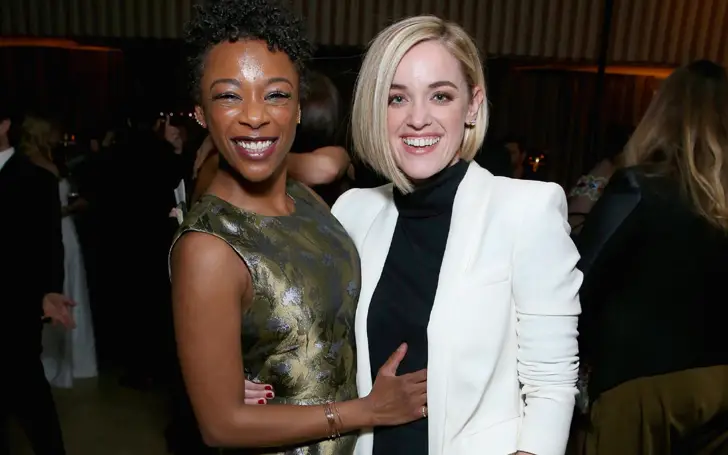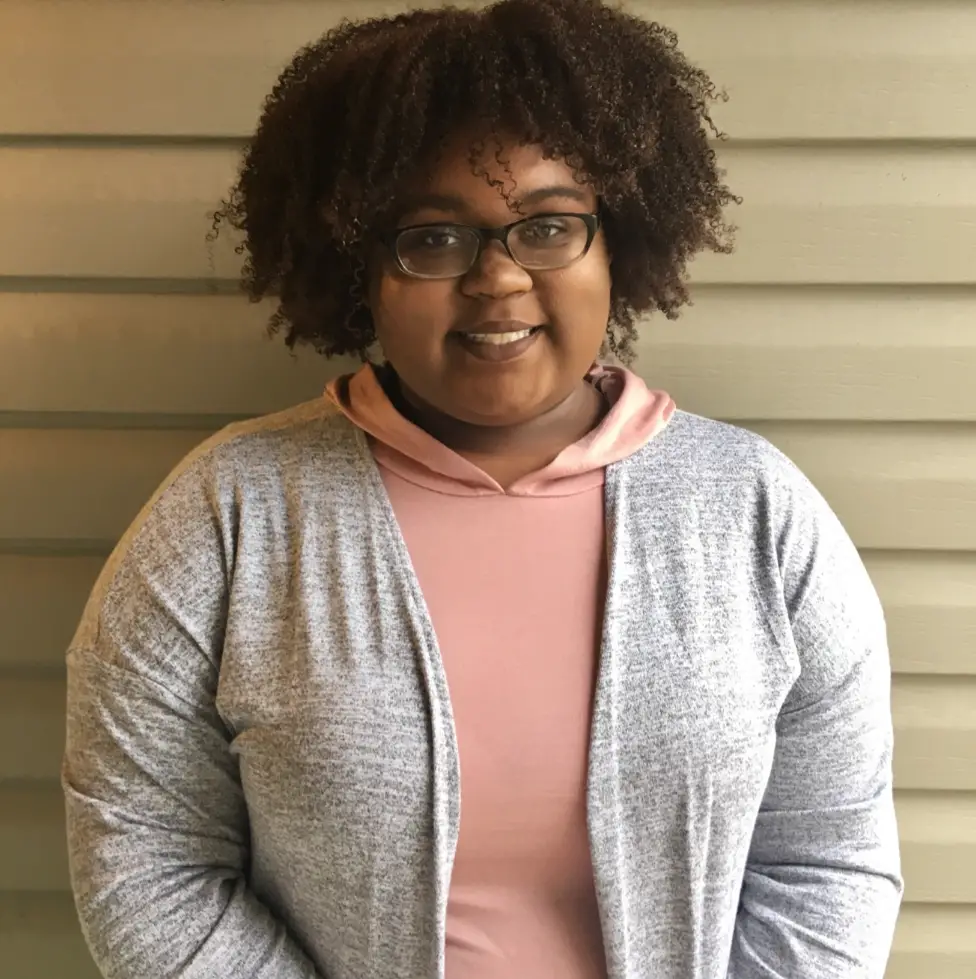It’s no secret that homophobia in Hollywood has thrived for countless years. With so much violence and discrimination toward the gay community, it has been a huge breath of fresh air to see more homosexual representation in the film industry.
Queer-centric movies such as “Call Me By Your Name” and “Moonlight” were both able to nab Oscar nominations, with “Moonlight” even winning Best Picture at the 89th Academy Awards.
“Love Simon” is another coming-of-age movie centered around a queer main character that has had a huge impact on, not only the gay community but young people of all ages.
All of the movies mentioned were groundbreaking and definitely refreshing to see; however, they all focus on the romance between men. Oftentimes, it seems like the film industry only focuses on the G in LGBTQ+. Lesbians are overwhelmingly underrepresented in Hollywood.
Both lesbians and bisexuals are largely unrepresented on television. A report by the BBC, which focused on lesbian, gay and bisexual people, found that lesbian women were “relatively invisible compared to the level of coverage of gay men.”
“Gay men seem to be so much better represented [than lesbians], although I’d say they get slotted into the camp niche and the diversity of their representation is consequentially restricted,” a spokesperson for the Arts Trade Union Equity said. “Gay male representation is improving, although camp gay men are still the norm, especially in comedy scenarios.”
GLAAD states that gay men comprise a whopping 83 percent of LGBT representation in the media, while lesbian characters are about 35 percent. Tasha Anderson, in an article titled “Why the Media Still Doesn’t Get Lesbianism Right” says that when lesbians are shown, viewers see very stereotypical depictions.
“More often than not, she fits the lipstick lesbian trope. She’s femme, traditionally attractive and hypersexualized. Sometimes she takes a heterosexual relationship out for a spin, even though she is not bisexual,” says Anderson.
“This undermines lesbians and makes lesbianism seem a flippant lifestyle choice, rather than simply an intrinsic part of who they are.”
Even trailblazing shows such as “The L Word” hypersexualized lesbians and used predictable and stereotypical tropes in portraying the characters. Anderson notes that the male gaze is prominent in shows that hypersexualize lesbians.
Of course, lesbians are sexual beings just like anyone else, but the overt sexual scenes in shows such as “The L Word” seem to cater to male viewers.
Even when we get realistic stories depicting lesbians as the main characters, they oftentimes get ignored. In an article titled “When Will Queer Women Get Their Call Me by Your Name Oscars Moment?” Tracy Gilchrist mentions the biopic “Battle of the Sexes,” which was snubbed by Academy voters.
Battle of the Sexes tells the story of tennis maven Billie Jean King who fought for gender equality in the sport. King identifies as a lesbian and falls in love with a woman for the first time in the movie.
Many note that Emma Stone, who starred as King, deserved an Oscar for her portrayal of the tennis star; instead, Stone won an Oscar for her role in “La La Land,” which the Academy obviously thought was more deserving of an Academy Award.
“Battle of the Sexes’” central love story excludes straight, cisgender men and the film ends with its lesbian protagonist triumphant rather than having paid in some way for the sin of being queer,” says Gilchrist.
Other than “Call Me By Your Name” and “Moonlight,” movies depicting gay men such as “Brokeback Mountain,” “Milk” and “Capote” have all snagged Best Picture Nominations, while movies featuring lesbian relationships have been ignored.
Aside from the big screen, you also see more gay male representation on television. Shows like “Queer Eye” and “Will and Grace” focus on the representation of gay men. Some would say it is an overrepresentation, especially when compared to other overlooked queer groups.
Despite successful shows such as “The Fosters,” which depicts a loving lesbian couple and their children, lesbian representation has dropped. Other than “The Fosters,” many shows only use queer females to advance the storylines of a straight main character.
Lesbian characters are also being killed off of television shows at alarming rates. The “burying your gays” concept was used to bring attention to the many lesbian and bisexual women that were killed off of television shows.
Most notably, Lexa from “The 100” and Denise from “The Walking Dead.” This isn’t just an issue of a show killing your favorite character. The problem arises when a queer woman is taken off of a show that already has a limited amount of queer people.
On the issue, Eve Ng, a media arts professor at Ohio University says, “Context is everything. If individual showrunners think they’re so brilliant that they’re escaping the larger context of burying your gays, they need to step back and say, ‘Okay, maybe in my show it really does advance my storyline in a narratively exciting way but also it will have implications for queer representation and I need to think about that.’”
This concept of killing off lesbian characters dates all the way back to 1976 when the soap opera “Executive Suite” killed off a lesbian character after she chased her love interest into the street. Obviously, people on television are going to die.
Death is often used in plotlines and that won’t be stopping anytime soon. However, queer women should be given the opportunity to have fulfilling storylines instead of being used as characters that are eventually going to be disposed of.
Of course, there have been great shows such as “Orange is the New Black” which depicts numerous queer women. However, even in a show as diverse as OITNB, there’s still a limited number of black lesbians, which presents the problem of white homosexuality being the norm.
LGBTQ+ representation as a whole has consistently stayed predominately white throughout the years.
This discussion doesn’t even dive into the issue of the rare appearance of a transgender character on television or film. All in all, numerous problems can be found when looking at LGBTQ+ representation in Hollywood.
The characters are, more often than not, white gay men. When we do get queer female characters, they are usually used to advance a straight character’s storyline or get killed off soon after being introduced.
Queer women, especially the minority queer women who definitely don’t get enough shine, deserve to be recognized in film and television without outlandish stereotypes.

















